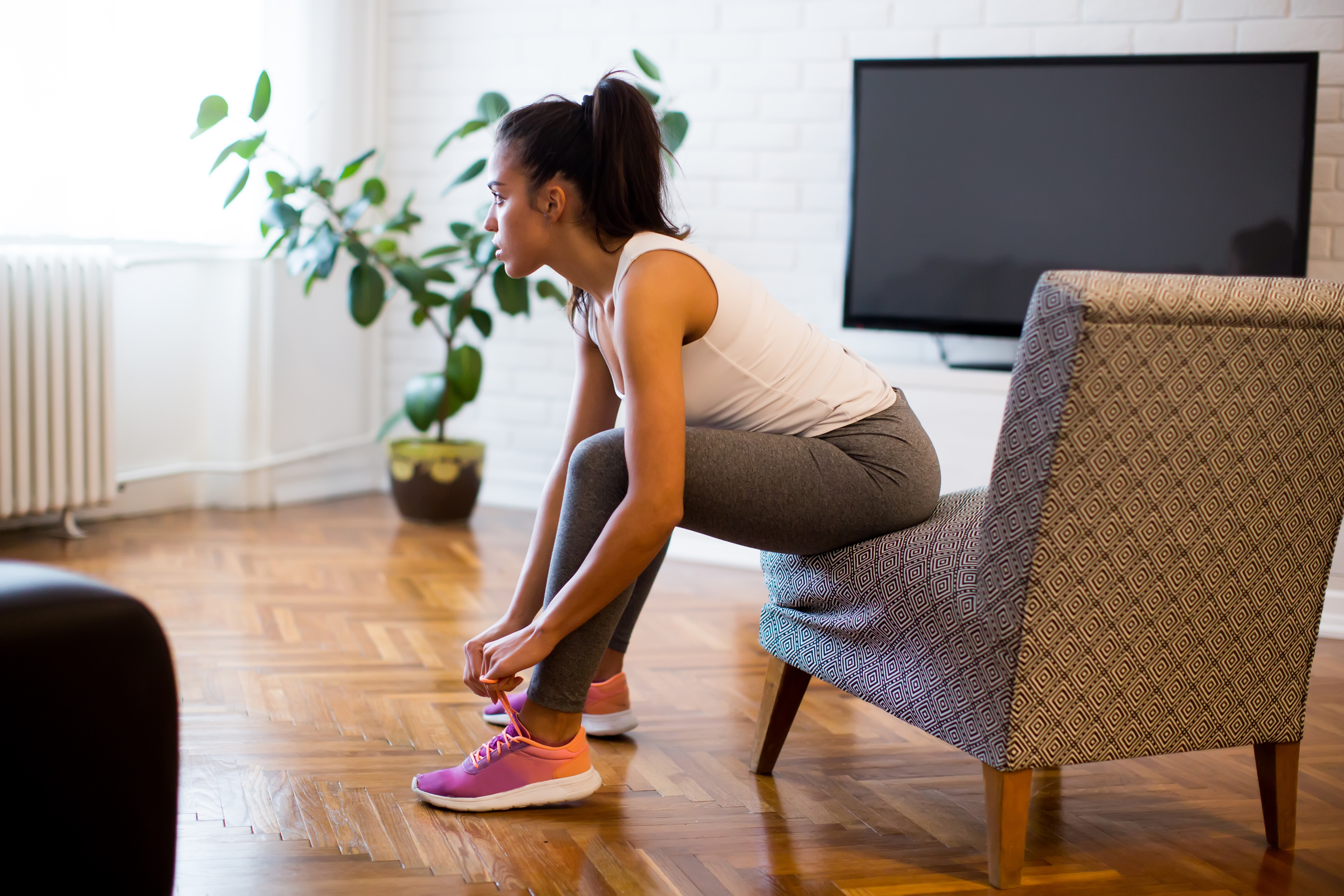All around you, people scramble to set bold New Year’s resolutions: “I’ll lose weight!” “We’ll remodel the kitchen!” “I’ll rekindle all my old friendships!” But come February, 80% of those resolutions will be forgotten about or dropped for good. We don’t give up on our goals because we’re incompetent, we give up because we’re thinking about (and setting) our resolutions all wrong. Rather than setting broad, too-large-to-reach goals this year, try setting bite-sized intentions — what we call Microsteps. When our goals for the year are action-oriented and attainable, we have a better shot at making ourselves proud and improving the way we work and live — not just at the holiday season, but all year round.
If you’ve been plotting to try one of these five common resolutions for yourself this year, swap it for one of our more achievable improvements:
Swap “eat healthier” for “create a list of healthy staples I love and post it where I can see it”
What we eat sometimes boils down to what’s within our reach — both literally what’s in our fridge, and mentally what we can think of. Unhealthy choices can often be the result of decision fatigue, according to Deborah Cohen, M.D., senior physician policy researcher at the RAND Corporation, making it “easier” to pick up a slice of pizza than wander aimlessly through the aisles of a grocery store. Writing down a quick list of nutritious foods you like, posting it on your fridge and saving it on your phone, can help you make better choices when your brain is in a tizzy. That ready-made list will help you remember healthy options you like when all you’re craving is mac and cheese.
Swap “exercise more often” for “keep my workout clothes on my dresser”
Roughly 50 million Americans vow to exercise more each year, yet only 37% of people stick to their new habits, according to a study published by the Statistic Brain Research Institute. If getting yourself to the gym isn’t a regular habit you’ve built yet, you’re likely not going to go from zero to gym rat overnight (nor should you!). A visual reminder, like leaving your exercise clothes on your dresser the night before you hope to exercise, can be a gentle — yet helpful — nudge towards your workout. If you’re really dreading the exercise, try making the outfit extra special so you can reframe your mindset and start looking forward to it. Maybe you throw in soft fleece, or exchange your tight pants for your favorite comfy, looser sweats.
Swap “get more sleep” for “do one thing to wind down per night”
Sleep habits can be among the most challenging to change — but improving them can have a great impact on every aspect of your well-being. Doing one, non-tech related activity each night will signal to your brain that it’s time to wind down, Fiona Barwick, Ph.D., the director of the Sleep and Circadian Health Program at Stanford, told Thrive. You don’t need to give up on TV or the internet altogether, just don’t let the blue light be the last thing you see before you hit the sheets. (One study found that exposure to blue light before bed reduces the duration of sleep by about 16 minutes, which is enough to make a difference in how you feel the next day.) In the 30 minutes before bed, try doing one of the following: Read a book, do a puzzle, stretch, use a foam roller, write in a journal, or listen to a meditation.
Swap “read more” for “schedule just five minutes a day for reading”
Reading before bed is a great way to prime your brain and body for restful sleep — but you’d be wise to turn towards a book at any time of the day, as research shows that reading can increase longevity, boost happiness, and strengthen our empathy. Rather than set an ambiguous goal that will likely result in negligence, try scheduling just five minutes a day to read. And choose your books wisely. Your five minutes of reading shouldn’t feel like a chore, and the content doesn’t need to be related to work. If you need a recommendation, try asking a friend for their favorite book of the year.
Swap “be more focused” for “use one screen at a time”
At any given time, many people are working on several screens at once — but experts say that having access to all this technology can take your mind off of the task at hand. Instead of hoping your focus will miraculously improve, try sticking to one screen at a time. For example, if you’re working on your laptop at home, make sure the TV is off and your phone is out of reach. By keeping your phone away, in particular, you’ll be less likely to be interrupted by notifications.
Follow us here and subscribe here for all the latest news on how you can keep Thriving.
Stay up to date or catch-up on all our podcasts with Arianna Huffington here.


